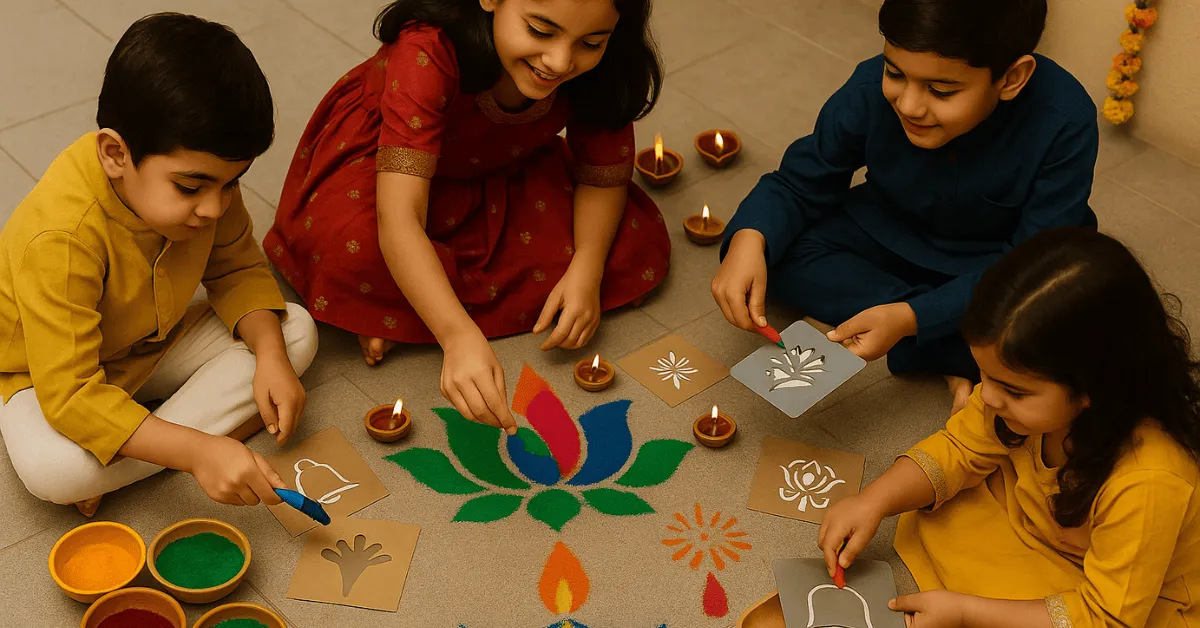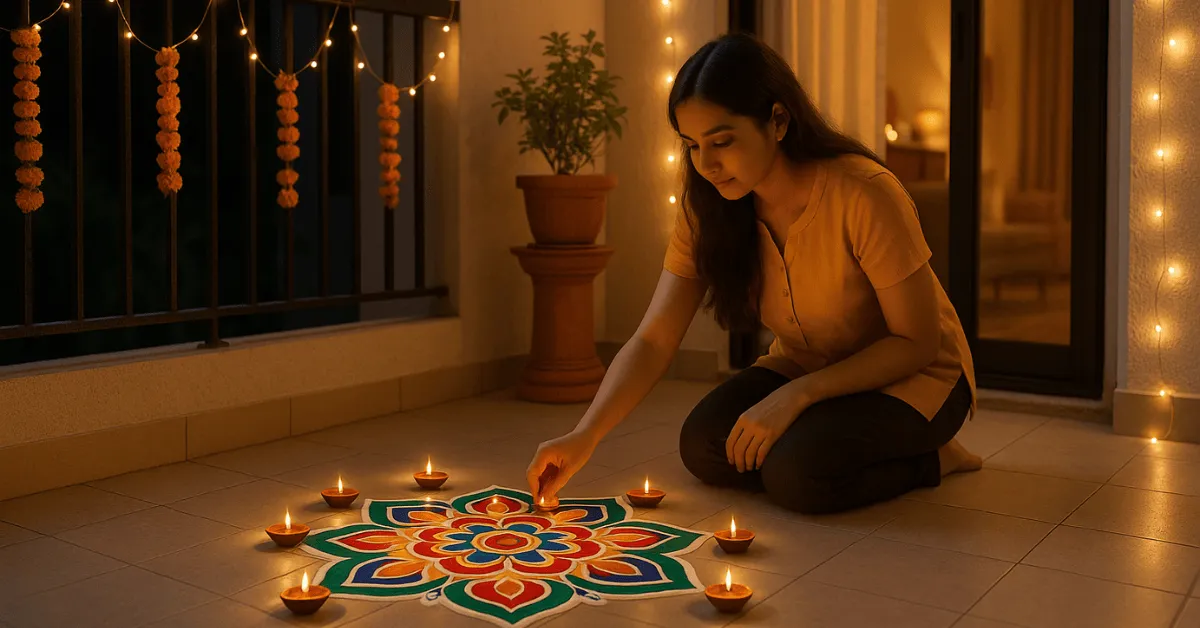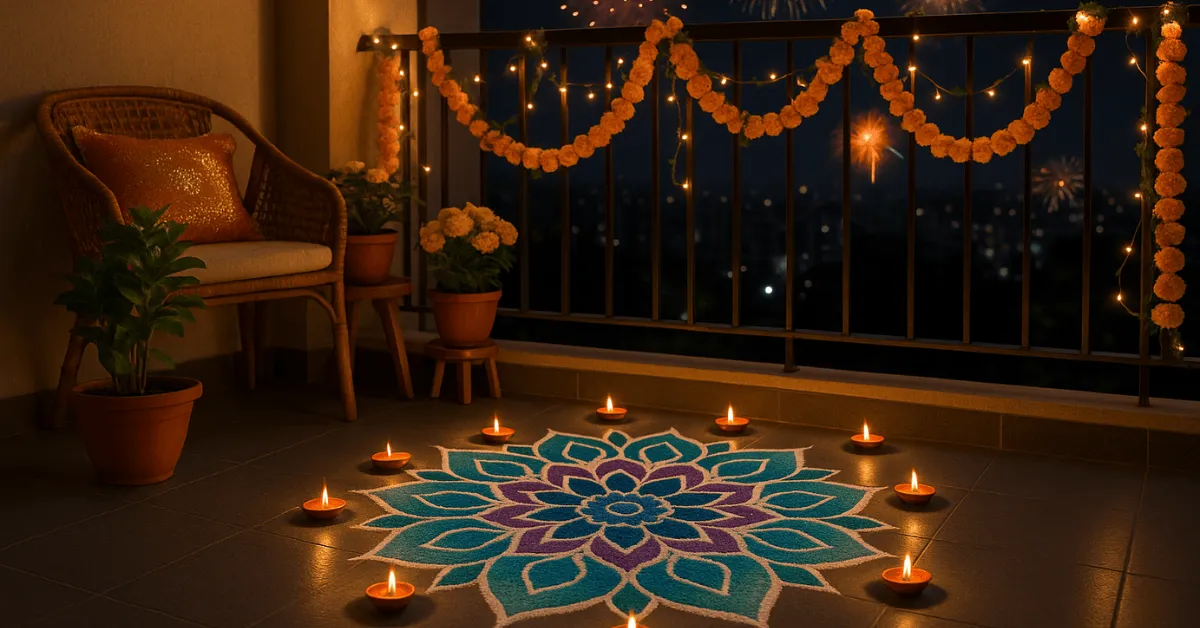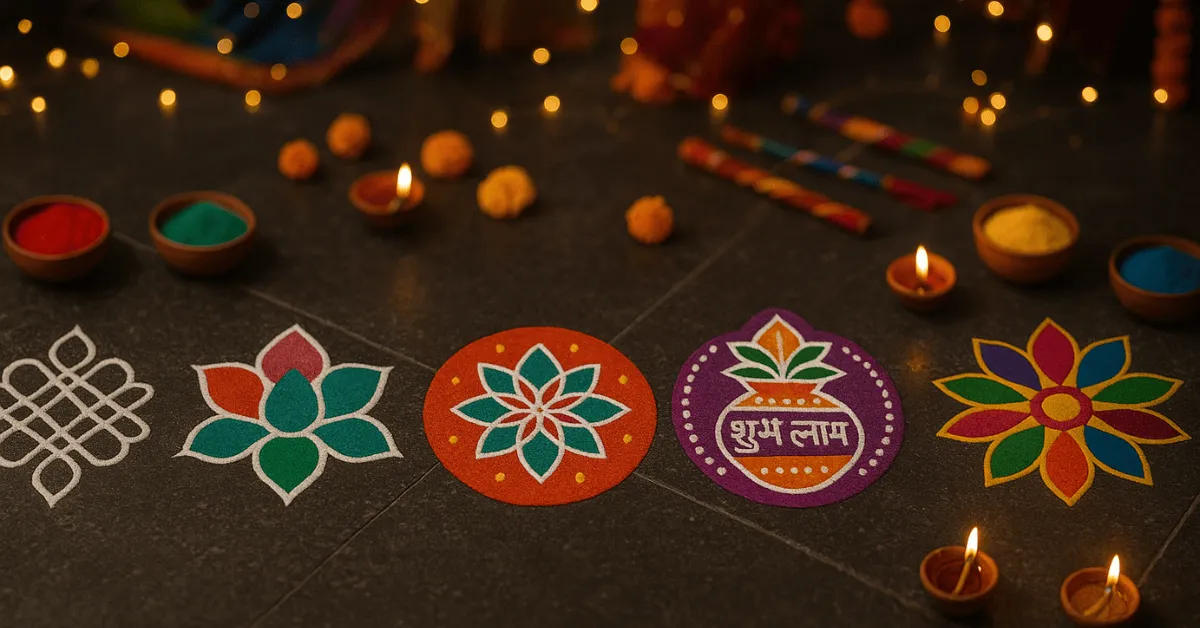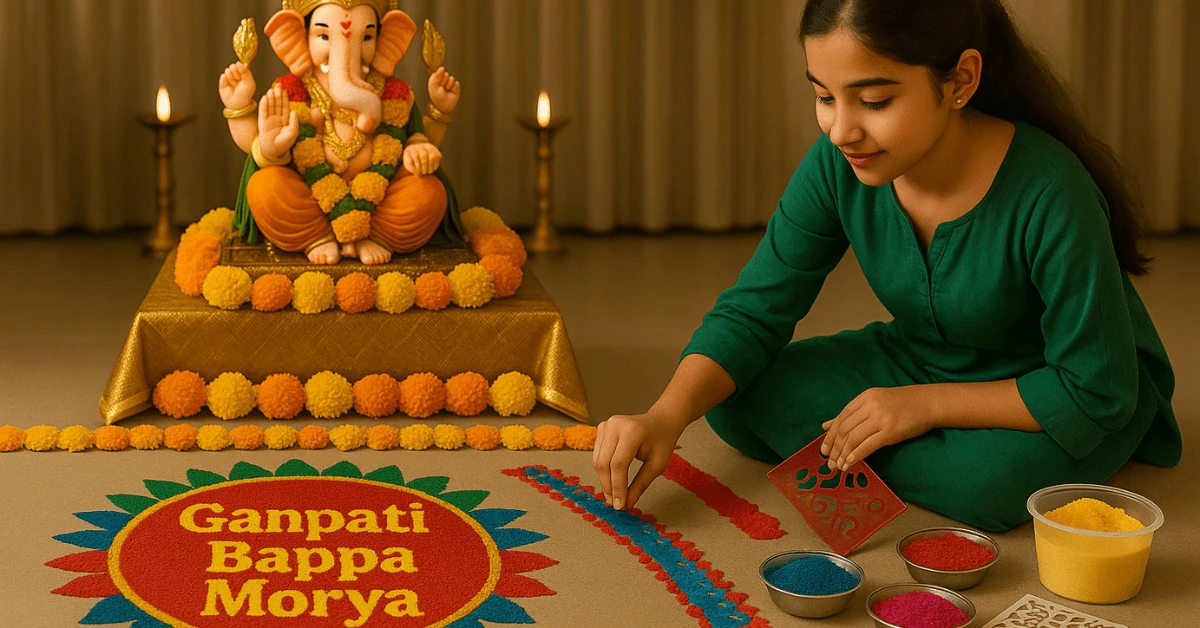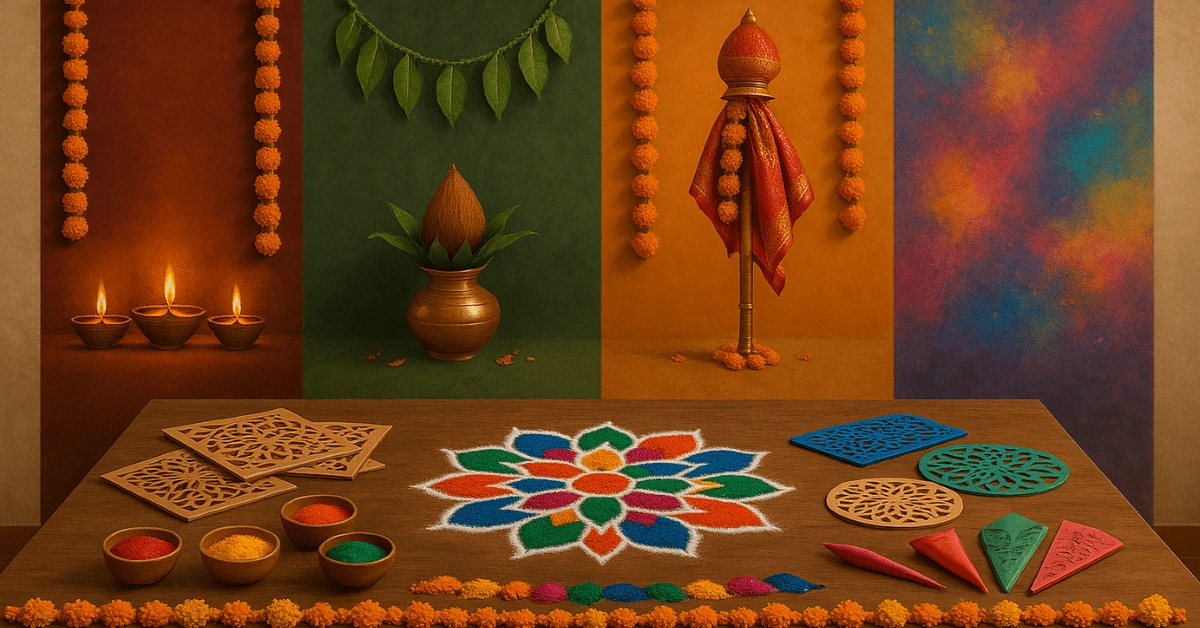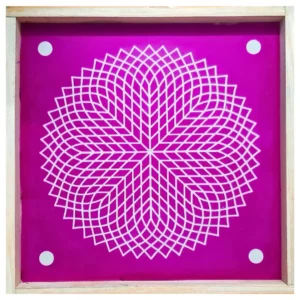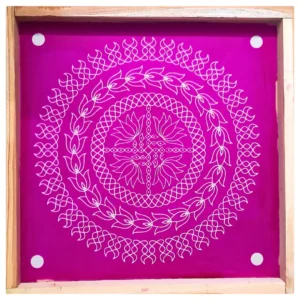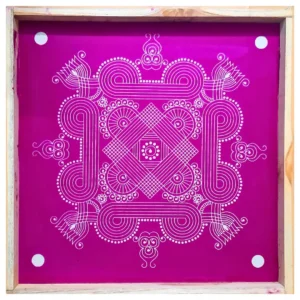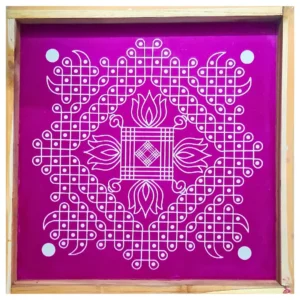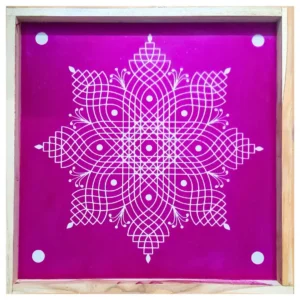Kids & Culture: Rangoli Activities That Turn Festivals Into Family Time
Festivals are more than just lights, sweets, and gifts—they’re a chance to slow down, reconnect, and build lasting memories with loved ones. One of the most joyful (and colorful) ways to involve kids in our cultural traditions is through Rangoli art. At Rahul Rangoli, we believe that when children participate in festive traditions, they grow up not just knowing their roots, but also cherishing them. With the right tools and safe materials, even toddlers can get a taste of creativity, color, and culture. Rangoli offers a hands-on way to bring generations together, and it’s the perfect activity to turn simple floor art into treasured family moments. Why Introduce Rangoli to Kids? Rangoli is more than floor art—it’s a creative expression rooted in culture. It teaches children about Indian traditions, fosters patience, and encourages fine motor skills. It also turns passive festival observation into active participation. Here’s what Rangoli can offer young minds: Rangoli helps kids feel connected to something meaningful—and that connection often grows stronger with each festive season. Kid-Friendly Rangoli Tools from Rahul Rangoli Making Rangoli child-friendly is all about using the right materials. At Rahul Rangoli, we offer a wide variety of tools and kits that are not only safe for children but also incredibly fun to use. 1. Rangoli Stencils Perfect for small hands and developing coordination, our stencils guide the powder into defined shapes. From simple floral patterns to festive motifs like diyas or stars, kids love watching the designs come to life instantly! 2. Magic Rangoli Plate This tool helps children form even circles with minimal mess. Available in different sizes, it’s ideal for younger kids who need a bit more control over their movements. It helps build confidence as they create perfect rings of color. 3. Rangoli Stamp Set With fun shapes and easy-grip designs, kids can dip the stamp into powder and press it onto the surface to reveal ready-made designs. It’s a simple yet satisfying way for them to feel involved. 4. Rangoli Small Filler Tool Set Safe and simple, these tools help spread powder cleanly. They are light, easy to hold, and reusable—great for tiny artists who are just starting out. All tools are designed with safety, simplicity, and fun in mind—so that you can relax while your child explores their artistic side. Non-Toxic & Safe Rangoli Powders Safety is always a top concern for parents. That’s why we recommend using non-toxic, skin-safe Rangoli powders, especially for younger children. At Rahul Rangoli, we advise pairing our kits with powders that are gentle on the skin, made from natural ingredients, and come in bright, kid-friendly colors. These powders not only reduce risks of irritation but also provide smooth flow through filler tools, ensuring a satisfying and neat outcome for children. Tip: Always supervise small children during powder play and choose indoor surfaces to avoid slipping hazards. 5 Fun Rangoli Activities for Kids During Festivals Incorporating Rangoli into your festival plans doesn’t have to be time-consuming. Here are five quick and engaging ways to make Rangoli a part of your family’s celebration: 1. Stencil & Fill Sessions Choose simple stencils, let your child hold the filler tool, and help them fill in the colors. Switch between patterns like peacocks, diyas, or flowers to keep things fun and fresh. 2. Theme Rangoli Challenge Pick a theme—like Diwali, Ganesh Chaturthi, or Holi—and let kids use stamps and stencils to create a story through Rangoli art. It makes them think creatively while reinforcing cultural knowledge. 3. Rangoli Name Tags Let kids personalize their own mini Rangoli by using calligraphy tools to write their name or initials. Add colored dots or petal shapes to frame it and make it look festive. 4. Rangoli Art on Paper Not ready for floor-based art? Use stencils and powder (or colored sand) on dark chart paper. Once done, laminate or frame it as a keepsake or decoration for walls and doors. 5. Family Rangoli Corner Set up a small area in the home where every member of the family contributes a small Rangoli design each day. Watch the space bloom with creativity by the end of the week. Making It a Meaningful Experience To make these activities even more special: When kids understand the meaning behind their creations, it becomes more than just a fun task—it turns into a memory-making ritual they’ll look forward to. Final Thoughts Festivals are the perfect opportunity to teach children about our rich cultural roots in a hands-on, creative way. With Rahul Rangoli’s safe, non-toxic, and easy-to-use kits, your little ones can actively participate in decorating the home and celebrating Indian heritage. From stencils to stamps and small filler tools, we offer everything you need to get started. So this festive season, turn off the screens, roll out the Rangoli mat, and let the little hands lead the way. After all, nothing says tradition like a Rangoli made with love—and a few joyful splashes of color from your kids.

